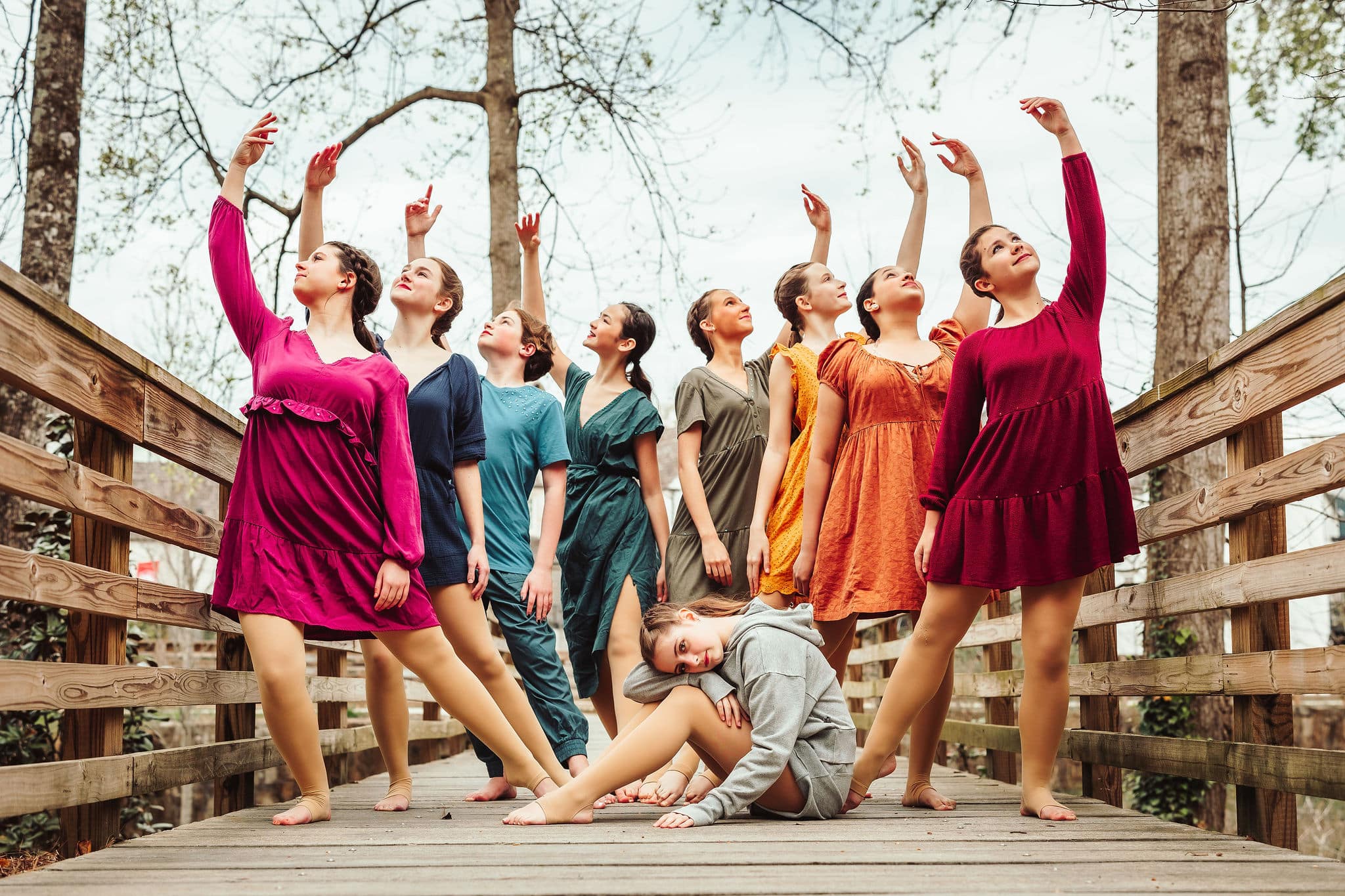
In the late 1800s, a new kind of dancer emerged. Bristling against the rigid structure of ballet, these individuals rejected the idealized aetherial and sought a more human expression of movement. Isadora Duncan, inspired by the freedom of folk dance and the loose, unpredictability of the natural world, began performing and teaching in the early 1900s. She and others like her paved the way for the mother of 20th-century modern dance in America: Martha Graham. Graham taught her dancers to be grounded, to feel their breath with their movements, and built her technique around muscular contraction and release. For Graham, dance had more to do with how something felt than how it looked on a stage. In Europe, Rudolf Lubon, Irmgard Bartenieff, and others set out to create a system for the classification of human movements, elements of which we use in our courses.
In our contemporary program at ADC, we use the principles of trailblazers like Graham to help our students relate to dance in a different way. We focus on a head-tail connection, teaching our dancers to use their whole spine in their movements. Floor work, partnering, and improvisation also play a part in every class. Students in our program find contemporary dance helpful in processing emotions and connecting with their peers.